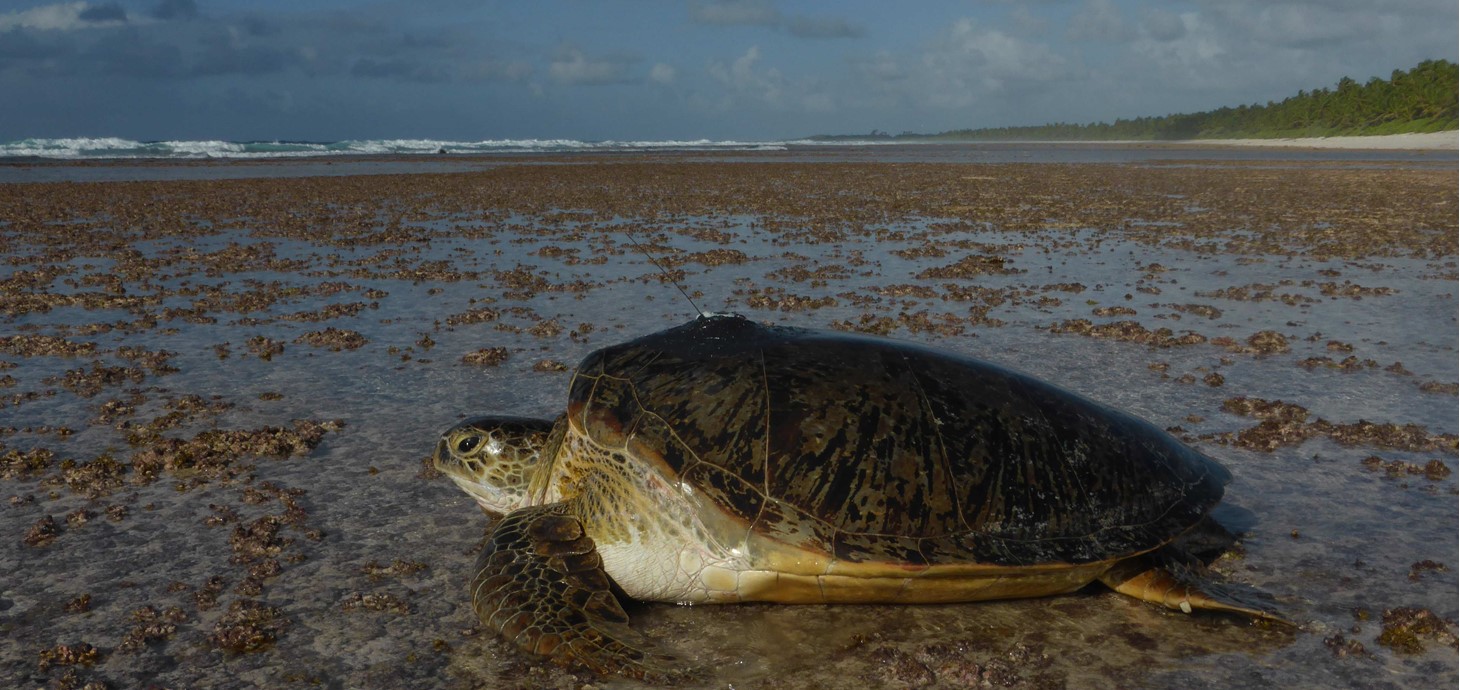These articles are now archived and will no longer be updated.

One of Charles Darwin’s long-standing questions on how turtles find their way to islands has been answered thanks to a pioneering study by scientists.
A team from Deakin University, University of Pisa and Swansea University equipped 33 green sea turtles with satellite tags and recorded unique tracks of green turtles migrating long distances in the Indian Ocean to small oceanic islands.
The study provides some of the best evidence to date that migrating sea turtles have an ability to redirect in the open ocean, but only at a crude level rather than at fine scales.
Seven turtles travelled only a few tens of kilometres to foraging sites on the Great Chagos Bank, six travelled over 4,000km to mainland Africa, one to Madagascar, while another two turtles ventured north to the Maldives.
Most of the species tracked (17) migrated westward to distant foraging sites in the Western Indian Ocean that were associated with small islands.
It shows that the turtles can travel several hundred kilometres off the direct routes to their goal before reorienting, often in the open ocean.
In 1873, Charles Darwin marvelled at the ability of sea turtles to find isolated islands where they nest. However, the details of how sea turtles, and other groups such as seals and whales, navigate during long migrations remains an open question.
Answering this question using free-living individuals is difficult due to thousands of sea turtles being tracked to mainland coasts where the navigational challenges are easiest.
The study also showed that turtles frequently struggled to find small islands, overshooting, and/or searching for the island in the final stages of migration.
These satellite tracking results support the suggestion, from previous laboratory work, that turtles use a crude true navigation system in the open ocean, possibly using the world’s geomagnetic field.
Swansea University’s Dr Nicole Esteban, a co-author in the study said: “We were surprised that green turtles sometimes overshot their ultimate destination by several hundred kilometres and then searched the ocean for their target. Our research shows evidence that turtles have a crude map sense with open ocean reorientation.”
